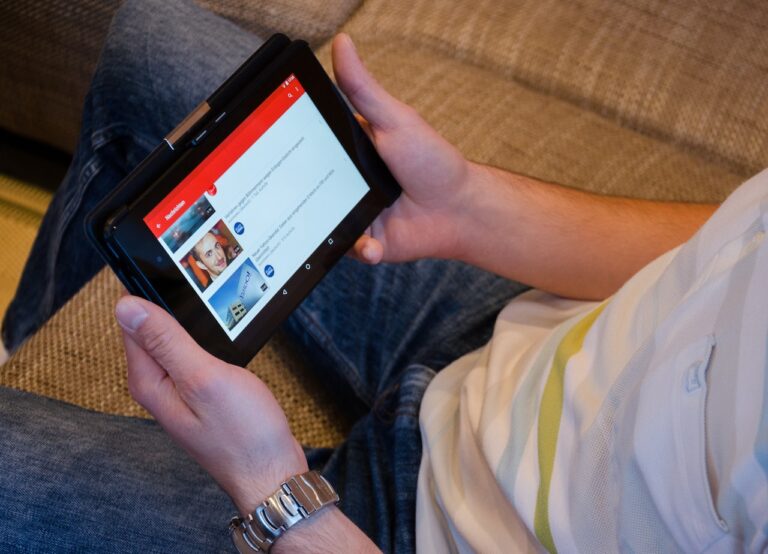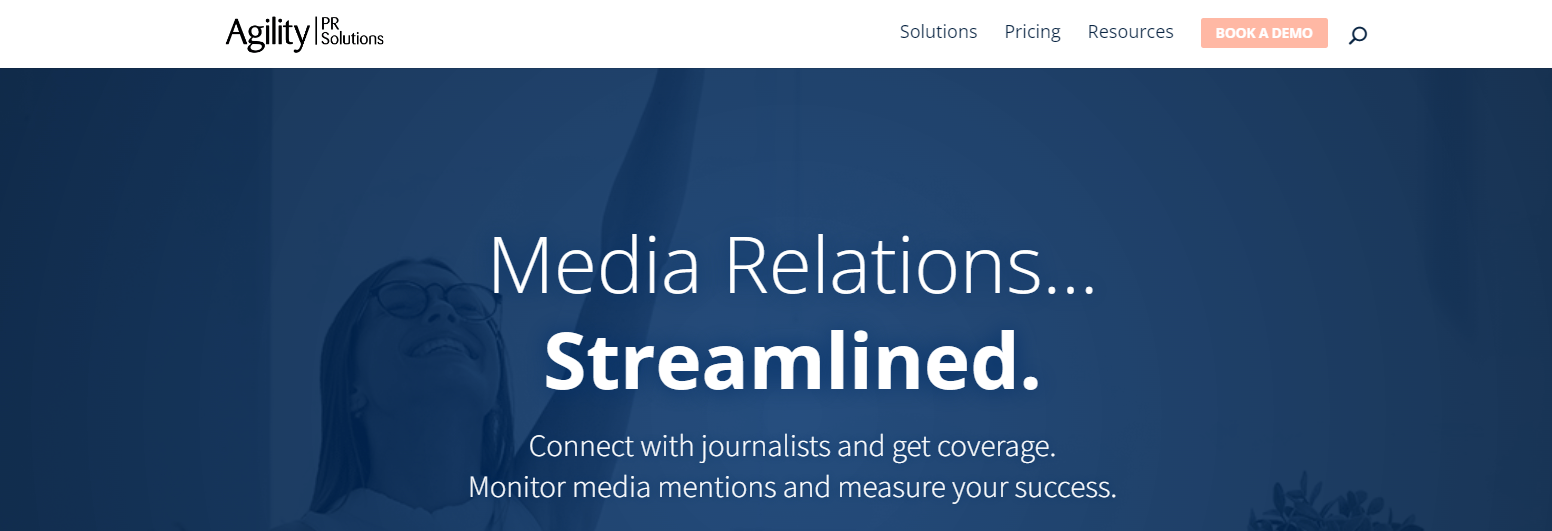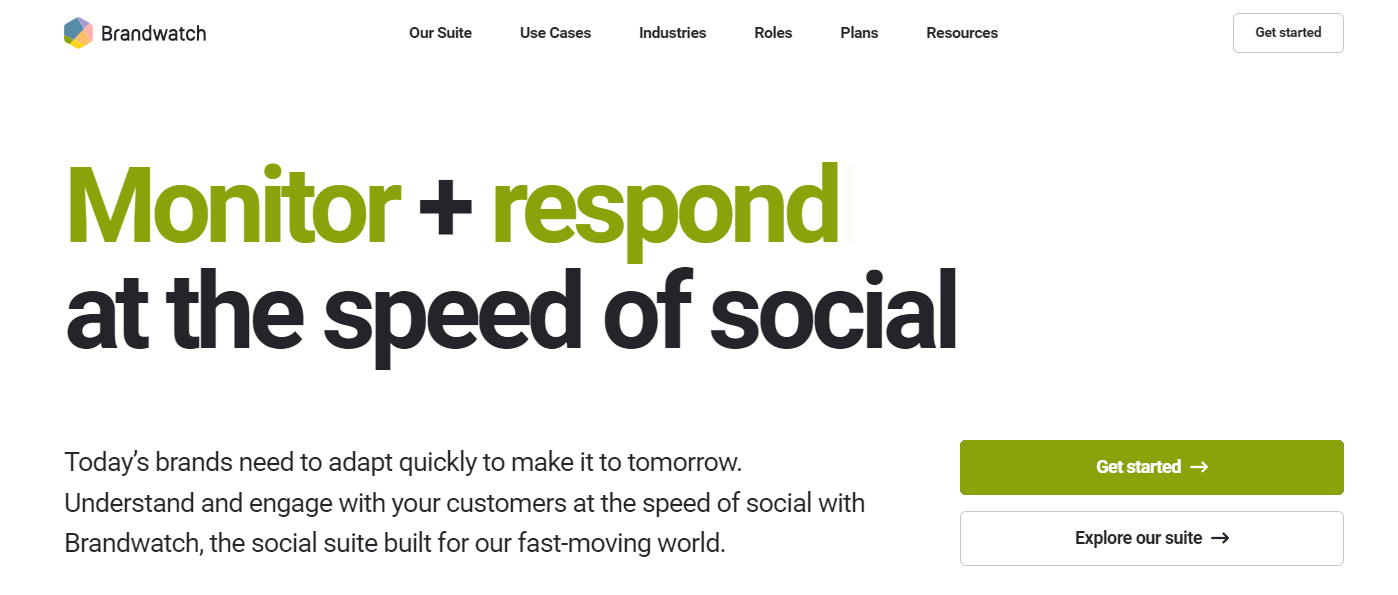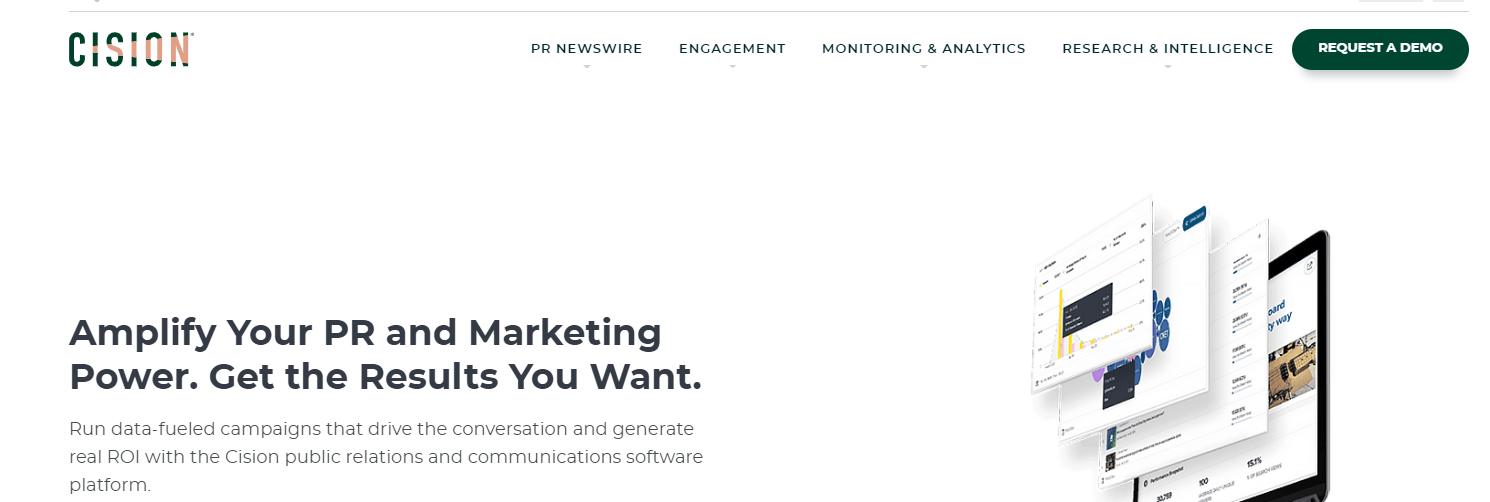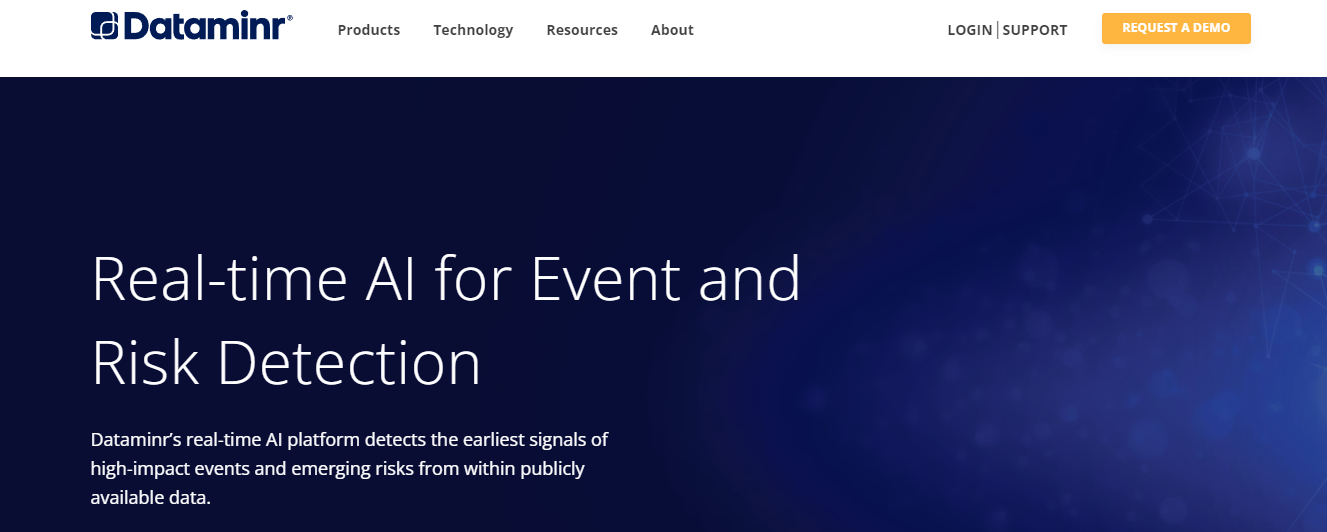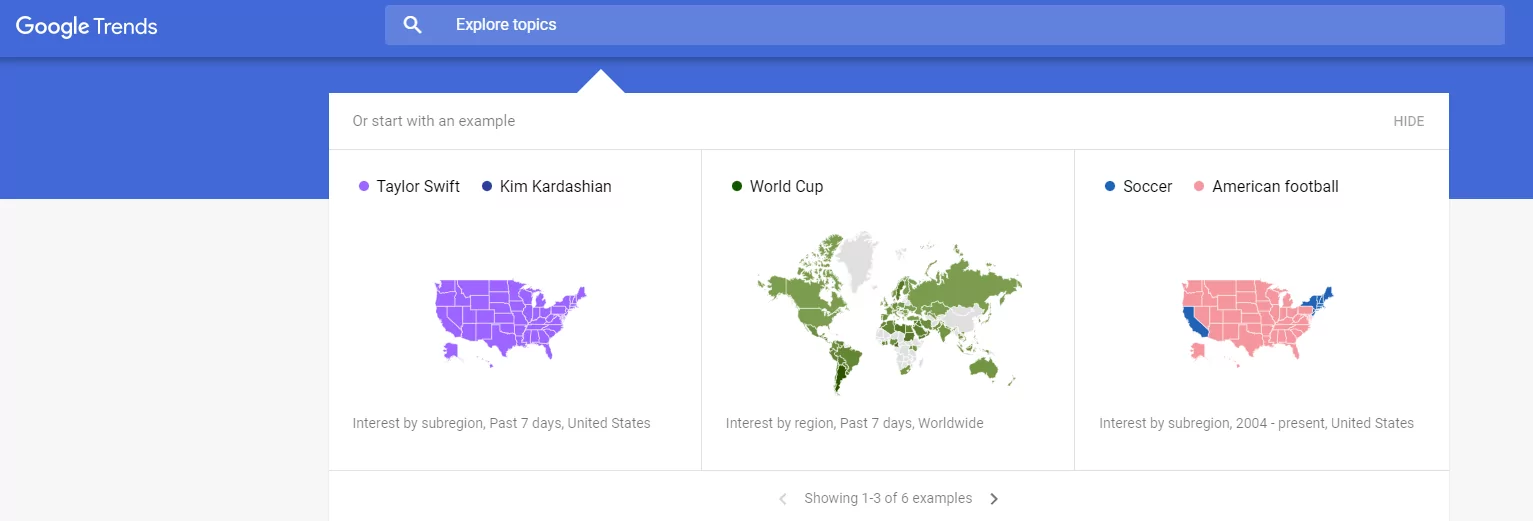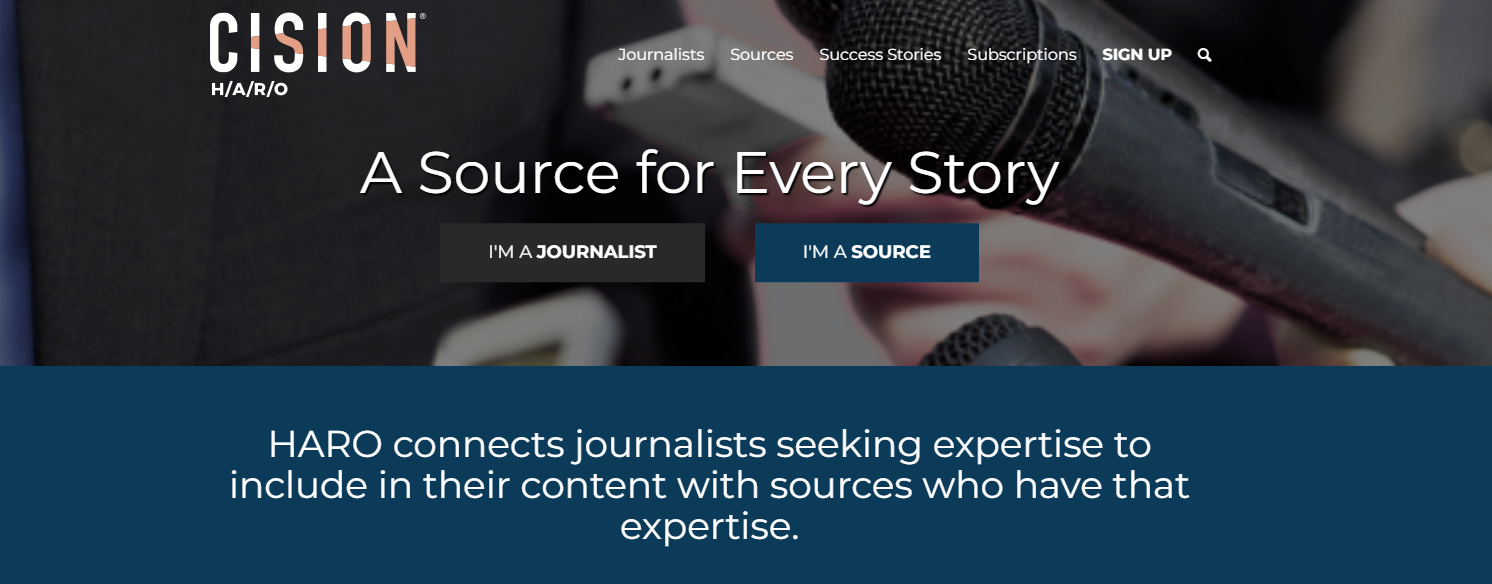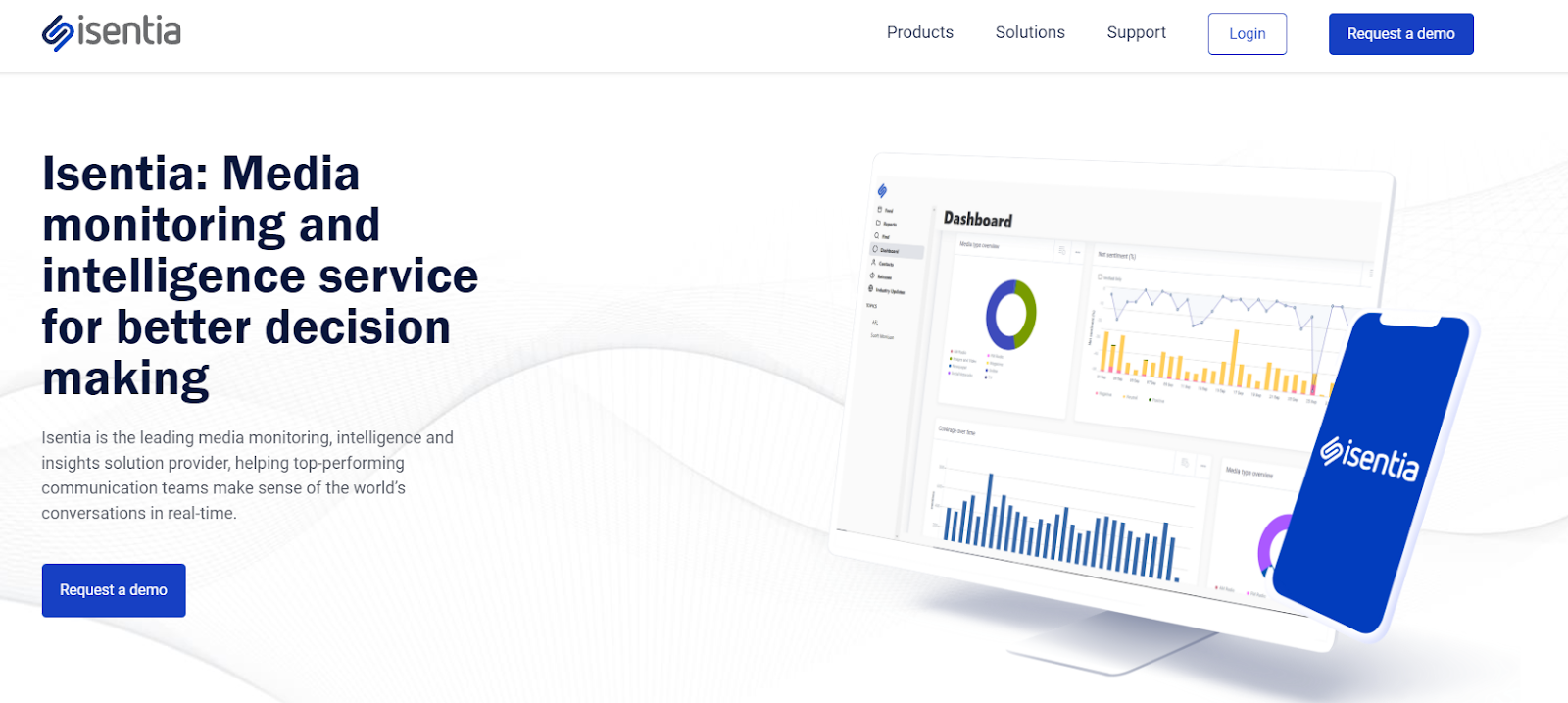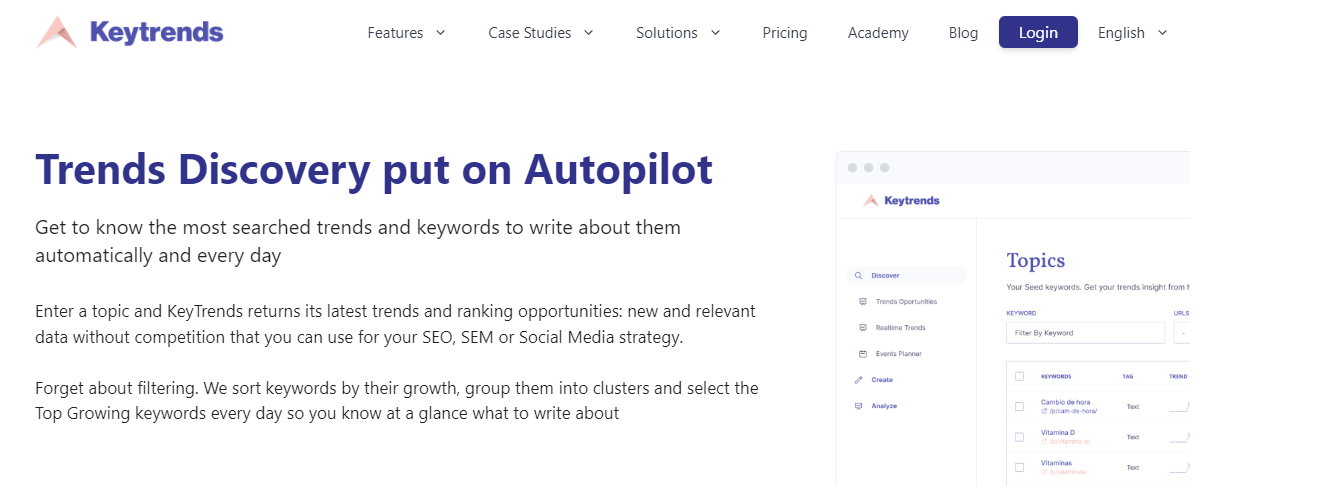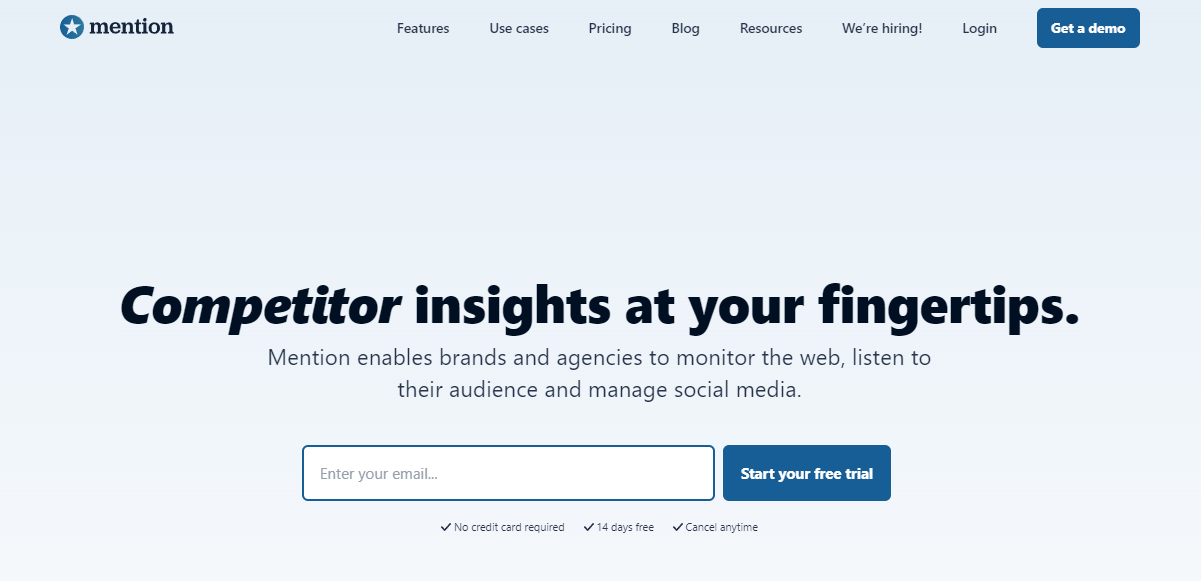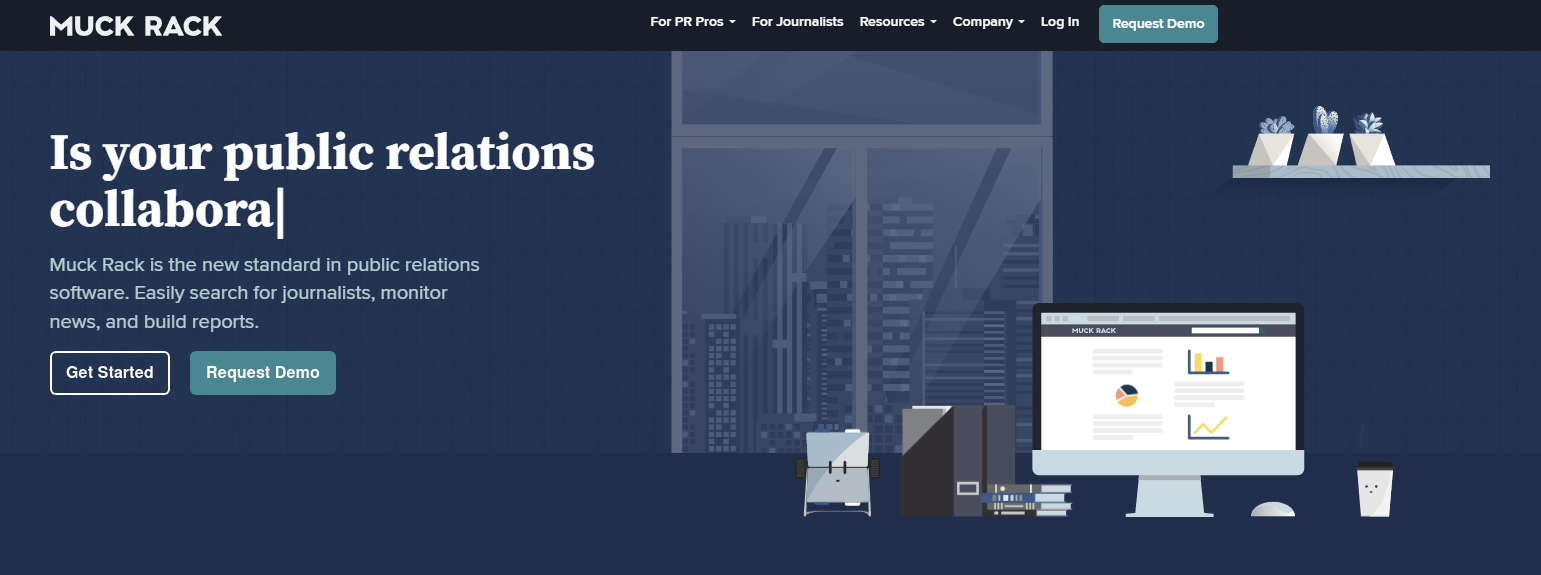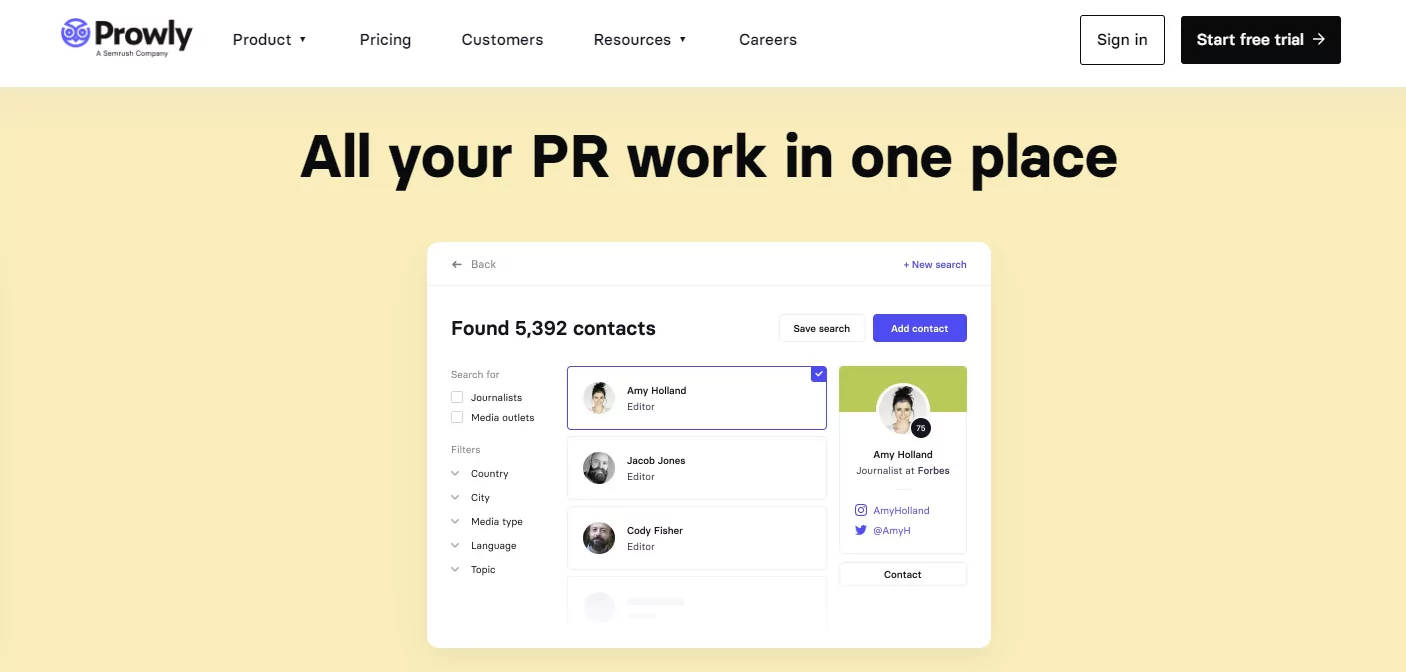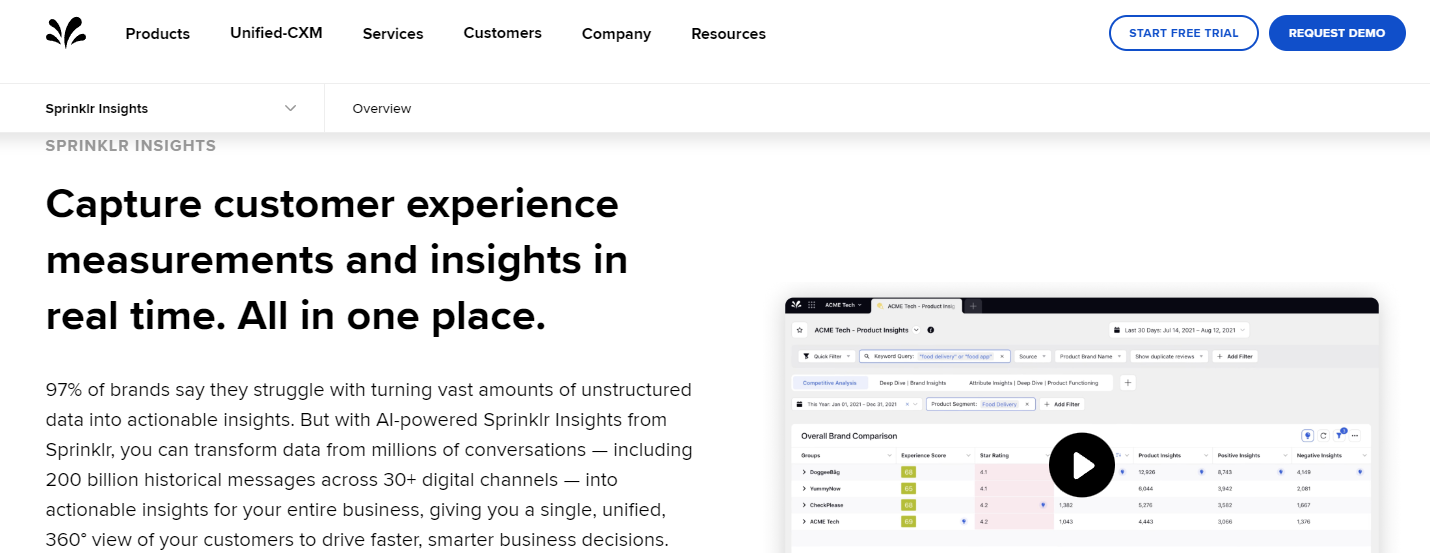Media monitoring is a vital part of any digital publisher’s path to success. It is necessary to hear stories as they happen, track the competition and remain alert to any oncoming crises — and the best media monitoring software and news monitoring tools automate all of this.
While the practice of media monitoring has existed for more than a century, the introduction of internet news and online social networks has seen the practice undergo radical new shifts in innovation. This is where media monitoring tools enter, leveraging AI technology to gain insight into trends and public opinion across billions of discussions on a daily basis.
These tools are also becoming ever more popular, with the expected global market share to more than triple from $3.96 billion in 2022 to $11.54 billion by 2029. As digital media sees its popularity increase over traditional media, media monitoring software options have also climbed.
But with so many choices out there, how do publishers ensure they choose the best one for their company? To help alleviate decision paralysis, we’ve drawn together a list of the 18 best media monitoring tools.
Why Is Media Monitoring Important?
Media monitoring allows publishers to identify upcoming trends, compare their content to their competitors and alert them to any emerging crises. In the information age, being the first to act can secure more viewers as well as help head off potential reputational harm.
News monitoring is crucial for staying updated with relevant topics and brand mentions, protecting a brand’s reputation, and understanding public sentiment.
Media monitoring has a rich history. Emerging in the industrial era as print became more accessible to the general public, artists would monitor the press for mentions. Since then, media monitoring has continued to be a valuable resource for organizations looking to review their image and see how they stack up against their competitors.
Gone are the days of copying, cutting and pasting print articles, with software having now taken over. The process has become automated and streamlined to suit a far more competitive and timely industry.
The continuing media evolution has made software tools essential for news and brand publishers alike. For example, the standardization of the 24-hour news cycle meant that news outlets looking to update around the clock needed information around the clock.
Likewise, the radical shift in the general public’s power to damage brand reputation has necessitated greater media monitoring. Social media spaces have created opportunities for the public to directly communicate with organizations — but that doesn’t mean all interactions are positive. The 2012 #McDStories are a prime example of this.
Media monitoring tools play an important role in mitigating the effects of public relations (PR) disasters. They allow publishers and marketers to rapidly react to crisis situations by keeping them informed in an ever-changing environment.
3 Types of Media Monitoring Tools
While each media monitoring tool overlaps with one another in terms of capabilities, there are some broad differences in terms of functionality. A media monitoring solution can help track efforts, make mid-campaign adjustments, and measure against business objectives. The software tends to lean towards one of three categories:
- Public relations
- News gathering
- General trend analysis
PR Tools
One of the consequences of the invention of social media, online forums and the 24-hour news cycle, is that news now spreads incredibly quickly. Company crises now spread like wildfire.
PR media monitoring can provide a heads up to oncoming disasters, with the tools generally focusing on online social spaces. They come equipped with the ability to measure sentiment, that is the negative or positive emotions attached to messages. Media monitoring providers offer integrated communications platforms and advanced features to support PR efforts.
News Monitoring Tools
News-gathering tools are generally focused on detecting emerging news trends or events as quickly as possible. They generally monitor for keywords, or a general area, and alert a publisher or content creator to any potential trends. A news monitoring tool can track and analyze news mentions across various channels to detect specific information.
Some even go a step further, such as Help A Reporter Out platform, which connects journalists to useful sources for their articles.
General Trend Analysis
The more general media monitoring tools are usually the cheapest or sometimes just outright free. They generally have limited capabilities, have less automation and tend not to fill any niches.
Take, for example, Google Trends and Google Alerts. These tools are simple to use, free and proficient at what they do. However, they don’t provide sentiment analysis.
 Edited by Andrew Kemp
Edited by Andrew Kemp 
